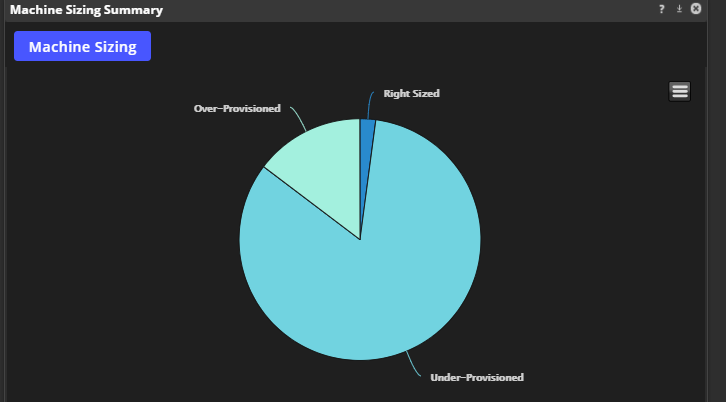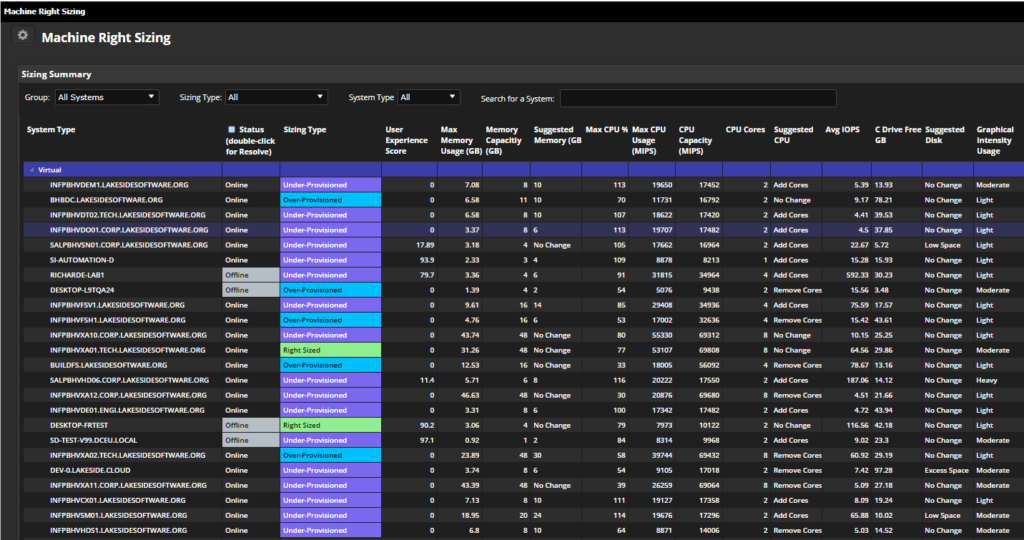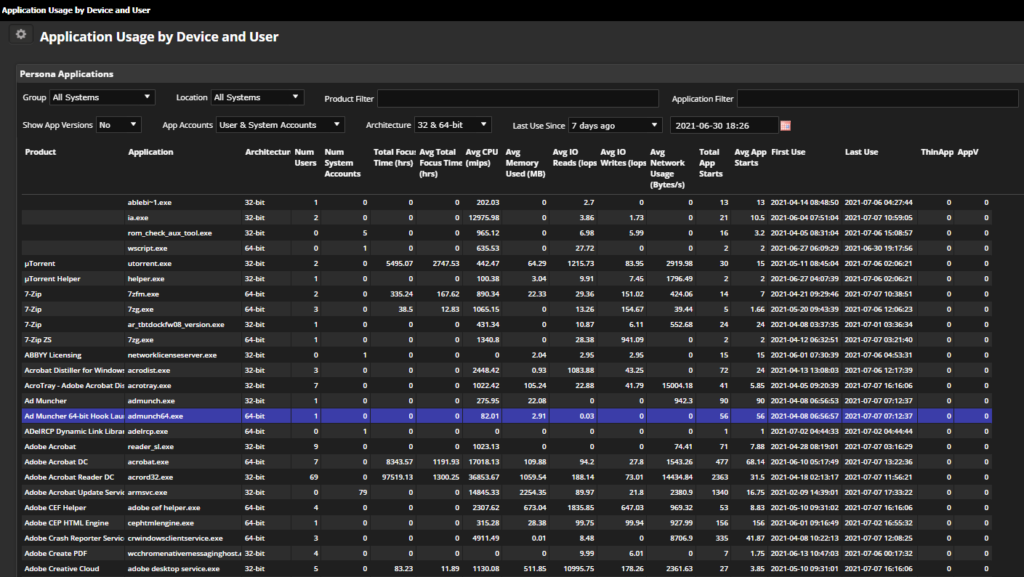
Avoid costly hardware refresh cycles and provide users the devices they actually need, when they need them
Conventional wisdom has been that an organization replaces all its end-user devices every three to five years.
The rationale for undergoing this expense has been two-fold. The first is simply that time has passed and applications require ever-increasing resources (i.e., RAM and CPU), though the rising trend of SaaS-based applications make this assumption less valid. The second is that as personal computing devices get older than three or five years, they have increasing hardware failures.
Yet there’s a better, less-costly way to plan hardware refreshes and improve end-user experience.
Why Adopt a Need-Based Approach to End-User Device Strategy?
Need-based procurement moves away from refreshing devices based on an arbitrary deadline, looks at the user’s actual needs, and allows IT to determine if the device still satisfies those needs.
One of Lakeside Software’s financial customers, for example, saves hundreds of thousands of dollars by using need-based procurement rather than traditional refresh cycles. When an end user or department requests a refresh, the IT staff uses device data to determine if an upgrade is actually warranted.
So how does this process work? Here’s a closer look.
CASE STUDY
Take Stock of Devices and End-User Needs
The first step in any need-based procurement strategy is to evaluate the user’s current machine and determine if it can efficiently perform the tasks needed for their job. The requires assessing the device’s resources as well as the demands of the user’s work environment.
Some of the factors to look for include:
- CPU
- Memory
- GPU
- Disk Usage
- Disk IOPS
- Network
Once you have determined which metrics to evaluate, IT needs to compare what users have with what they really need. For example, if the analysis shows a user does most of their work without memory-hogging apps, then it follows that they don’t need a device with more memory.
The problem for most organizations, though, is how to go about doing that. Most organizations can tell you what applications are on the user’s device, but not how often they’re used, when they’re used, and what resources do these apps consume.
That’s where Lakeside’s digital experience management (DEM) solution can be an invaluable tool for need-based procurement analysis.
Curious how right-sizing works for users with virtual apps and desktops? Lakeside was recently a guest on the Citrix Ready Tech Fusion podcast where we discussed this topic as well as other ways to incorporate the user’s perspective into your IT strategies. Listen here:
Assess End-User Needs with Digital Experience Management
Lakeside’s Digital Experience Cloud, powered by SysTrack, uses intelligent edge architecture to gather more than 10,000 individual data points every 15 seconds directly from endpoints — regardless of location or type. This volume of data then provides greater insight into all the applications a user is running at any time, the amount of resources the application is consuming, and the applications in “focus,” meaning the app is actively being used.
But, of course, looking up individual users to determine who needs a device refresh isn’t always efficient, which is why the SysTrack platform uses dashboards to also identify over-provisioned and under-provisioned machines across the digital environment as well as by groups of users.

From there, you can explore individual machines, whether physical or virtual, by double-clicking a section of the pie chart. This same dashboard can also be used to help right-size your virtual environment, a method that helped one Lakeside customer save €1.5 million annually. (But that’s another blog post.)

Again, the real power of this kind of data analysis is that it shows a user’s actual resource consumption. This is not based on a synthetic transaction or normalized data for a group of employees — SysTrack evaluates necessary factors to help determine what the optimal resources are for that individual user.
Further analysis can be done to compare this user with employees who have a similar job function. Additionally, you can review which applications are critical for a user or job function thanks in large part to application focus. This metric shows applications that are in use at any given time, which can be far more useful than just knowing what applications are loaded. For instance, a user might have many applications on their device, but the application they’re focused on is the one they are working on now.

Can’t Always Get What You Want, But You Get What You Need
By using Lakeside’s Digital Experience Cloud to expand IT visibility of resource consumption, organizations can right-size their user environment based on objective data — not traditional cycles, guesswork, or requests.
Sure, users will always want to newest, fastest, most modern device, but often the needs of the job do not warrant it. And just because a machine is running slow doesn’t mean it needs to be completely replaced — not when IT teams also have Lakeside Assist and other tools available for quick remediation and proactive IT support capabilities.
Quantitative analysis removes that human factor from the equation, allowing IT to strategize only necessary, more cost-efficient hardware refreshes.
Right-Size with Lakeside’s Digital Experience Cloud
Discover how digital experience management can help enterprises save time, resources, and money. Request a customized demo.
Subscribe to the Lakeside Newsletter
Receive platform tips, release updates, news and more



